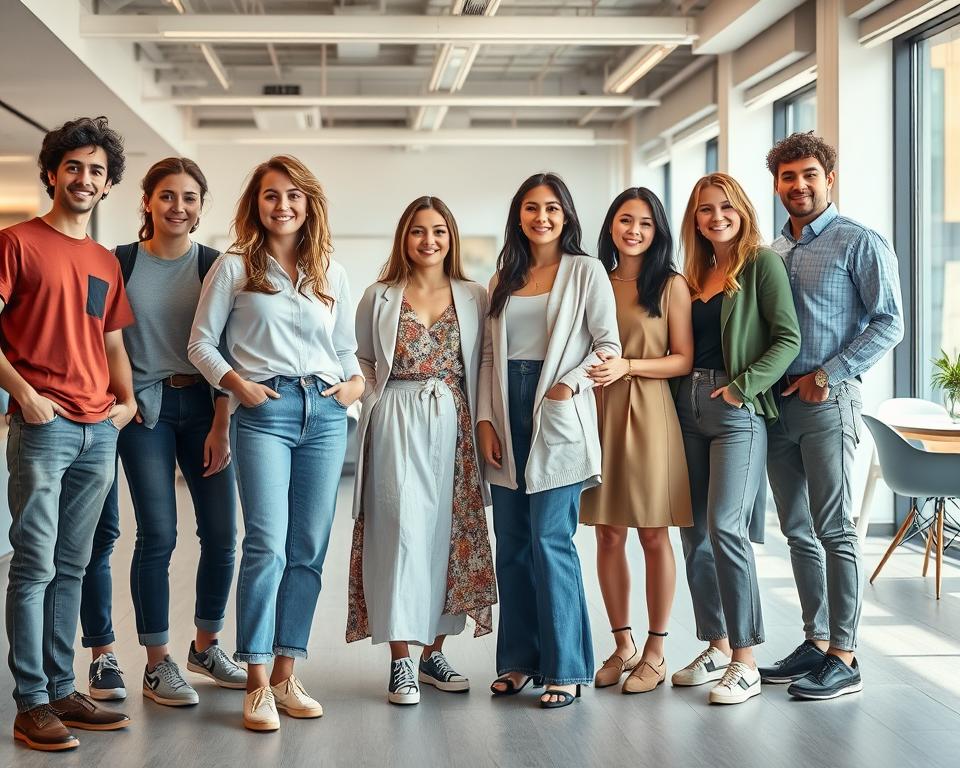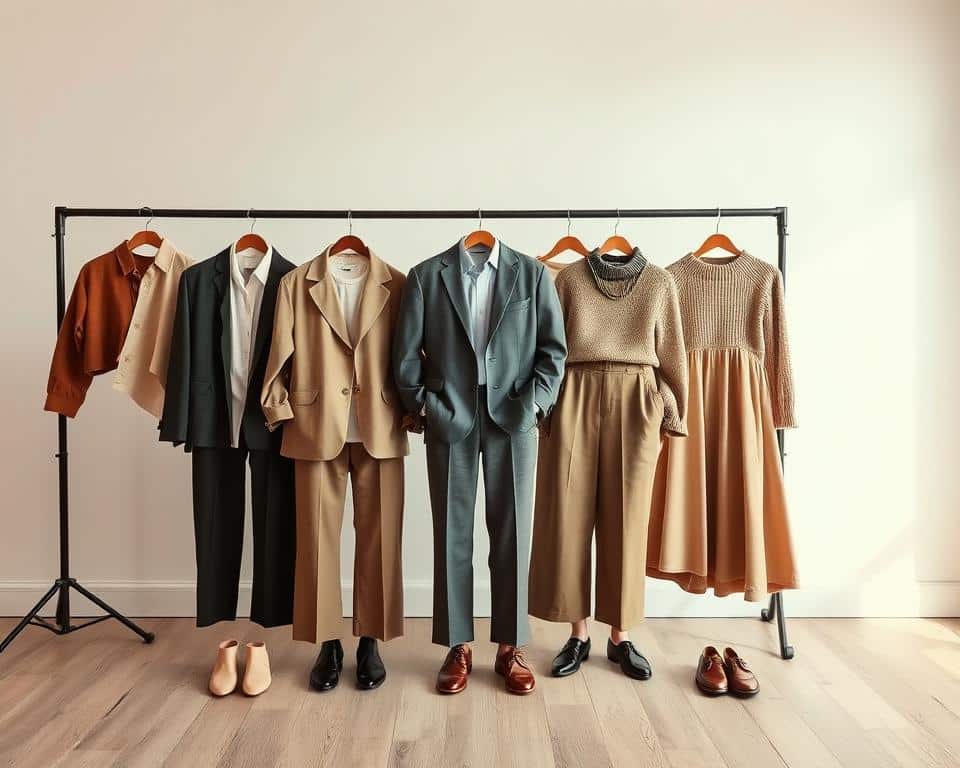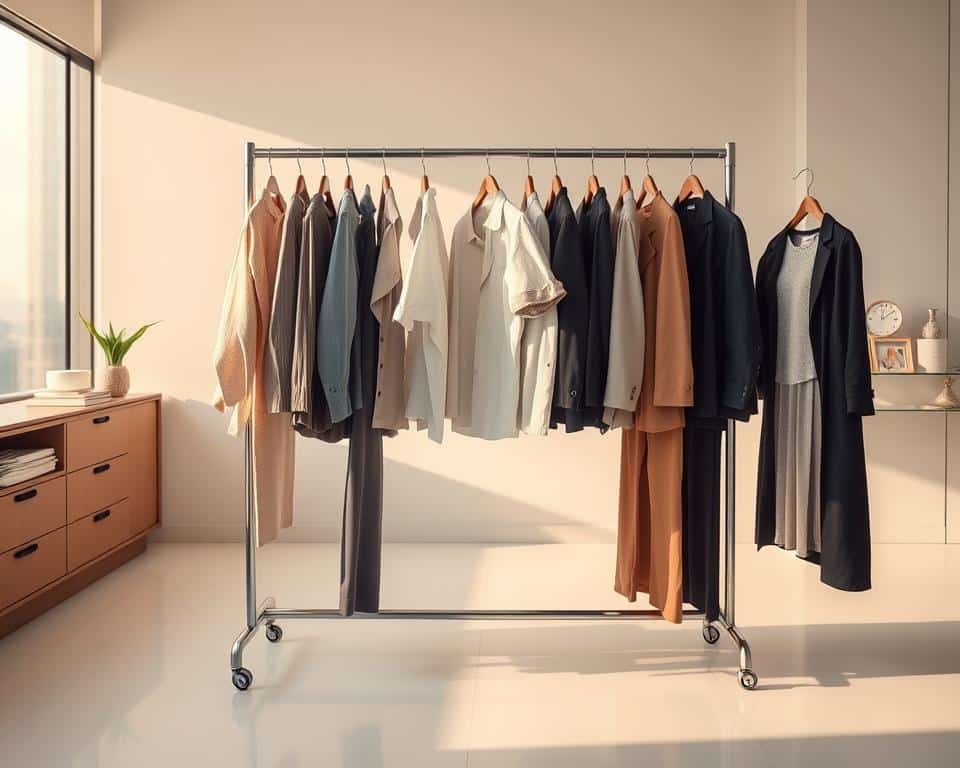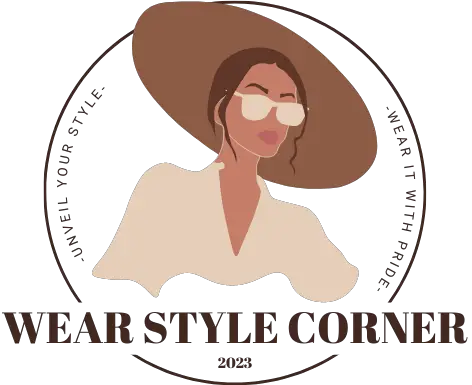Casual Wear Outfits for Creative Workplaces

Staring at your closet and thinking you have nothing to wear is all too familiar. What if one simple formula could make dressing quick and reliable while keeping your look polished?
You can build fast repeatable looks that fit a modern office. Pair jeans with a crisp white shirt, swap to a denim skirt for a neater edge, or add a boxy blazer with wide-leg trousers. A Chanel-inspired tweed jacket lifts roomy denim into something polished.
This guide gives clear outfit ideas and styling moves so you stop second-guessing and start showing up ready. Expect easy formulas you can plug into a busy day, plus tips on fabrics and shapes that add polish with zero fuss.
We’ll also show how a single standout piece—a pleated midi skirt or a vibrant midi dress—can speed up your routine and make your look feel intentional in a creative environment. If you want quick, reliable options that match your job and save time, you’re in the right place.
Key Takeaways
- Use simple formulas like a white shirt with jeans to get ready fast.
- Add structured pieces (blazer, tweed jacket) to polish casual looks.
- Choose fabrics and shapes that feel modern and effortless.
- Keep one standout item to refresh repeatable outfits.
- Find practical guidelines to match your office environment and job demands.
- For more specific guidance, see what to wear.
Start here: the creative office dress code, simplified
Knowing a few clear rules makes choosing an outfit quick. A simple dress code helps you match the room and the people you meet.
Casual vs. business casual: Jeans and sneakers can be fine in a relaxed code, but flip-flops and neon items distract. Business casual asks for collared shirts, tailored pants, and structured layers when you need to look more put-together.
Casual versus business casual: what actually changes
Think of the difference as one notch up or down. Add a blazer or swap sneakers for loafers to move toward business casual.
Balancing comfort and professionalism in a creative environment
Mix soft pieces with sharp ones—cotton shirts or silk blouses plus tailored pants. Choose travel-friendly fabrics, layers for cool offices, and flats if you move a lot.
- One tailored piece + one comfortable base + clean, minimal shoes.
- Avoid flip-flops, loud neon, and very short hemlines.
- Nudge toward business when meeting clients or presenting.
| Feature | Relaxed code | Business casual |
|---|---|---|
| Shoes | Sneakers, loafers | Pumps, clean dress shoes |
| Tops | Tees, soft knits | Collared shirts, silk blouses |
| Bottoms | Jeans, relaxed skirts | Tailored pants, pencil skirts |
Need a quick guide? See a practical suggestion on what to dress like at work at what to wear to work.
List of outfit ideas to refresh your work style
A handful of reliable outfit combos will refresh your weekday rotation. Below are clear formulas you can copy and repeat when time is tight.

- Jeans or denim skirt + crisp white shirt: add loafers to stay comfortable and office-ready.
- Boxy blazer + wide-leg pants + leather shoes: immediate authority and structure.
- Chanel‑inspired tweed jacket + relaxed jeans: a high‑low mix that reads polished.
- Khaki or pleated skirt + button‑down + loafers: artsy yet smart without extra effort.
- Boxy white tee tucked into black tailored pants: finish with a statement belt to define shape.
- Pleated midi skirt + simple sweater + flat boots: move freely and still look pulled together.
- Vibrant midi dress + loafers: a single color does the styling work for you.
- Open button‑down over a tank + drapey pants: layered dimension that breathes.
- Oversized shirt over a tee + pleated trousers: minimalist impact via clean proportions.
- Boxy blazer + slouchy jeans + flats: meet clients off‑site without overdressing.
- Sweater‑vest + jeans: a polished top alternative with quiet texture.
- Slip dress layered with a knit: desk‑to‑dinner flexibility in one look.
- Printed pants + solid shirt: keep shoes classic and let the colors make the statement.
| Base | Top | Finish |
|---|---|---|
| Jeans | White shirt | Loafers |
| Wide‑leg pants | Boxy blazer | Leather shoes |
| Pleated skirt | Simple sweater | Flat boots |
| Vibrant dress | — | Loafers |
Need seasonal inspiration? See these summer workwear ideas for ways to adapt the basics above.
Build a functional capsule that works as hard as you do
A small, well-chosen closet can save you minutes every morning and make your outfits feel intentional.
Start with a compact list: 5 tops, 5 bottoms, 2 jackets, 2 dresses, one pair of versatile shoes and a bag. This mix creates 30+ outfit combinations and keeps your weekly choices simple.
Mix-and-match essentials
Choose clothes that match your day. Pick wrinkle-resistant fabrics for travel time and breathable knits for long desk hours. Include one pair of pants good with flats and one that pairs with heels.
Fabric, fit, and commute
Prioritize stretch waistlines and layers like a blazer and a cardigan if the office gets cold. Favor machine-washable items to save maintenance time.
Color strategy
Keep neutrals as a base and add one accent color to rotate. That single color ties looks together and makes styling fast without extra pieces.
- Two jackets, different roles: one tailored (business), one relaxed (off-duty).
- Small accessories: belts and simple jewelry to spread your accent color across outfits.
- Plan the week: pre-map outfits to cut decision time each morning.
| Item | Best use | Fabric tip | Shoe pairing |
|---|---|---|---|
| Tailored blazer | Client meetings | Wool blend, low-crease | Pumps or loafers |
| Casual jacket | Commute, weekends | Light cotton or bomber | Flats or sneakers |
| Pleated skirt | Desk days | Poly blend, wrinkle-resistant | Flat boots or loafers |
| Stretch pants | Long sessions on your feet | Elastane mix | Comfort flats |
casual wear for creative jobs: smart styling tips and dress code guardrails
Small styling moves can shift an everyday look into something meeting‑ready in seconds. Keep rules simple so you can apply them fast.

When to lean formal: presentations, new clients, or important meetings
When stakes rise—presentations, first meetings with clients, or leadership in the room—nudge toward business with a tailored layer. A blazer and cleaner lines raise the bar quickly.
Shoes that signal style and function: loafers, flats, ankle boots, pumps
Choose versatile shoes that pair with most outfits. Keep a shortlist: loafers and flats for daily ease, ankle boots for edge, pumps when you need quick polish.
What to skip at work: flip‑flops, loud neon, and fussy pieces
Avoid items that distract. Flip‑flops, loud neon, and overly fussy pieces pull focus from your ideas. If in doubt, aim slightly more formal; being a touch overdressed reads as respect.
- In a relaxed dress code you can wear jeans, but add one structured piece so your look stays professional.
- Build 2–3 reliable outfits to pull for high‑visibility moments with clients.
- Keep grooming and accessories minimal; use one standout detail to show personality.
| Situation | Throw-on | Shoes |
|---|---|---|
| Client meeting | Blazer + clean shirt | Pumps or loafers |
| Office day | Jeans + structured top | Flats or ankle boots |
| Presentation | Tailored jacket + simple base | Pumps for polish |
Zoom‑ready looks and interview days in creative fields
A quick camera check and one clear outfit rule will help you look sharp on calls and interviews. Start by framing your space and testing light so colors read true on screen.
On-camera tips: solid colors, a statement neckline, clean background
Choose solid colors to avoid flicker or distortion on zoom. Busy prints can pixelate and distract the viewer.
Add a statement at the neckline—a structured collar, a bold necklace, or a refined knit detail—and the camera frame feels finished.
Dress fully from head to toe and keep a tidy background. It shows you take your work and the meeting seriously.
Interview formula: classic base + one creative piece to stand out
Use a classic base like black slim pants or a pencil skirt with a crisp shirt. Then add one creative piece—an interesting belt, bag, or textured top—to show point of view without breaking the dress code.
Black works well as a base; introduce one accent color or texture to guide attention where you want it.
Outerwear and accessories etiquette when meeting clients
If a client meeting is part of the process, bring a tailored layer you can remove indoors. Keep shoes clean and suitable for the weather.
Never wear hats or sunglasses inside, and remove gloves on entry. Small details signal professionalism.
- Pack a compact kit: lint roller, simple earrings, and lip balm for last-minute polish.
- Dress slightly overdressed rather than underdressed for important meetings and interviews.
- If you want guidance on on-camera dressing, see this quick guide to looking great on TV: what to wear on TV.
| Situation | Top choice | Detail to add | Shoes |
|---|---|---|---|
| Zoom call | Solid-colored shirt | Statement neckline | Comfortable flats |
| Interview (video) | Black slim pants + crisp shirt | Textured belt or bag | Clean pumps or loafers |
| Client meeting (in-person) | Tailored layer over base | Remove outerwear on entry | Weather-appropriate shoes |
Conclusion
Make dressing one less decision by pairing a classic base with one standout piece. This simple rule saves you time and keeps your style intentional.
Keep it practical: build a small capsule, pick functional fabrics, and choose shoes you can walk and present in. Those steps make outfits repeatable and reliable for work.
Respect small etiquette cues—solid colors on video, no hats or sunglasses inside—and err a touch more formal when the dress code is unclear. That upgrade reads as business-ready with people in your office or at a job meeting.
Try one new outfit idea this week, like a tweed jacket with jeans or a vibrant dress with loafers, and notice how your look and confidence improve.
